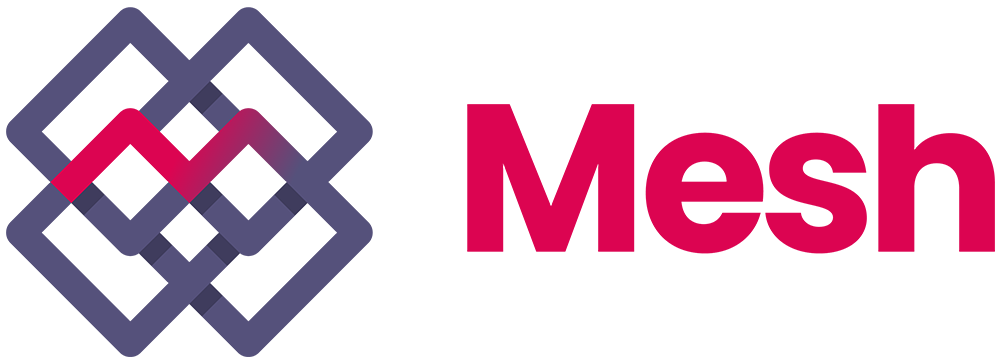News & Insights / What “Market Access” Means
What “Market Access” Means
How access to information fuels market participation, increasing liquidity and making capital markets open to all.
- May 19, 2025
- by Mesh
Let’s start with a quick Economics lesson. Many markets have what’s known as asymmetric information, where actors on one side of the market have much better information than those on the other. As the Nobel Prize committee in Economic Science explains it, “Borrowers know more than lenders about their repayment prospects, managers and boards know more than shareholders about the firm’s profitability, and prospective clients know more than insurance companies about their accident risk.”
Mesh MD Connie Bloem unpacked the problem – and what it means for market liquidity – in a recent Magic Markets podcast with hosts Mohammed Nalla and The Finance Ghost.
“Traditionally in private markets, there are informational asymmetries,” said Nalla. “A lot of people shy away from private markets because they don’t have the line of sight. Whereas if you’re a public company, if you’re listed on an exchange in the US, you’re getting quarterly reporting. It’s slightly less frequent if you look at European or South African markets, but it gives investors line of sight.”
Of course, this doesn’t mean that publicly listed companies are all completely open, honest and transparent with their information. Nalla pointed to “some real nasties” like Steinhoff, for example. But when investors have access to the information they need, they are better placed to make sound investment decisions.
Information Asymmetry And Market Liquidity
“Information asymmetry refers to the accessibility of information, the transparency of that information, and how readily it’s available,” said Bloem. “Liquidity follows from that information availability. If you as an investor cannot make an informed decision in the market, how can you know the fair price of something, or whether you should stay invested in that asset or not? Access to information is so important, and it’s why we’re doing what we’re doing at Mesh. We understand that this is a real issue in the market.”
Expanding access to information is a vital step in making capital markets open to all. If an investor has reason to fear that they’re not being told the whole story, they’ll be less likely to invest in an asset. Access to information mitigates risk and makes the investment decision easier.
And, as Nalla pointed out, reducing information asymmetry will help to drive the democratisation of finance. “Private equity and private debt have long been the preserve of those with really deep pockets and deep balance sheets,” he said. “The democratisation of finance is important because retail investors have been missing a large portion of the action. If a lot of the economic activity is moving outside of the traditional channels, they’re moving into private capital pools. Why shouldn’t retail investors have access to that? It boils down to access.”
Nalla is particularly passionate about expanding market access. “I work in the institutional space, and I see how large pension funds and institutional investors get access to syndicated loans at banks,” he said. “That’s an area that’s just not being tapped for private investors. As a private investor, I might have a slightly higher risk tolerance and I might want some of that private debt or private equity, which I do consider to be slightly higher risk than public markets.”
Expanding Market Access
Access is the essence of what Mesh does. “It’s one of our core value propositions,” said Bloem. “We’ve said many times that it doesn’t matter whether you have R10 or R10 billion; if you want to be in the market, you should be able to say, ‘I’m old enough. Let me go! Let me enter the market and explore and do what I want to do!’”
To that end, most of the assets available via Mesh.trade can be traded in very small denominations. TroyGold’s Krugerrand token is a case in point, with a minimum required investment of just R50.
The landmark Die Mos 10-year Prime +2% Floating Rate Bond, issued on Mesh.trade in April 2024, is another good example.
“When we originally raised that asset, people said, ‘There’s no chance in the world that you’re going to get R100 million from a diversified market’,” said Bloem. “Well, we did, and we did it in 5 weeks. Secondly, we got 17% retail inclusion on that asset, which is unheard of for a private asset. And because we had that 17% retail inclusion, we’re seeing 8% per year secondary market activity on it.”
This proves an important point around access to information and access to private debt. “If you include more people, if you give more people access to an asset, if you give them information and provide them with the opportunity to have liquidity, there will be liquidity,” Bloem said. “People will trade, and they will act like responsible adults in the market.”
What’s more, those market participants will spark more participation, more liquidity and more market access.
Tags
42Markets Group AltFi Asset Maturity Blockchain Capital Markets Capital Markets Capital Markets of the Future Investing Mesh Open to all Smart Assets Capital Markets of the Future Commodity Markets Crypto Markets DeFi DieMos ETN Financial Markets FinTech Floating Rate Bond FSP FTX Global Markets Gold Investing Investment Mesh Open to all Preference Shares Regulation Secondary Market Smart Assets Stellar Tokenisation TradFi Webinar
- Capital Markets, Capital Markets of the Future, Financial Markets, Global Markets, Investing, Mesh, Open to all
Want to stay in the know on upcoming events and seminars?
Newsletter Sign Up
For more press information, please contact:
Connie Bloem, Product owner of Mesh:
hello@meshtrade.co / +1 604 671 4515
